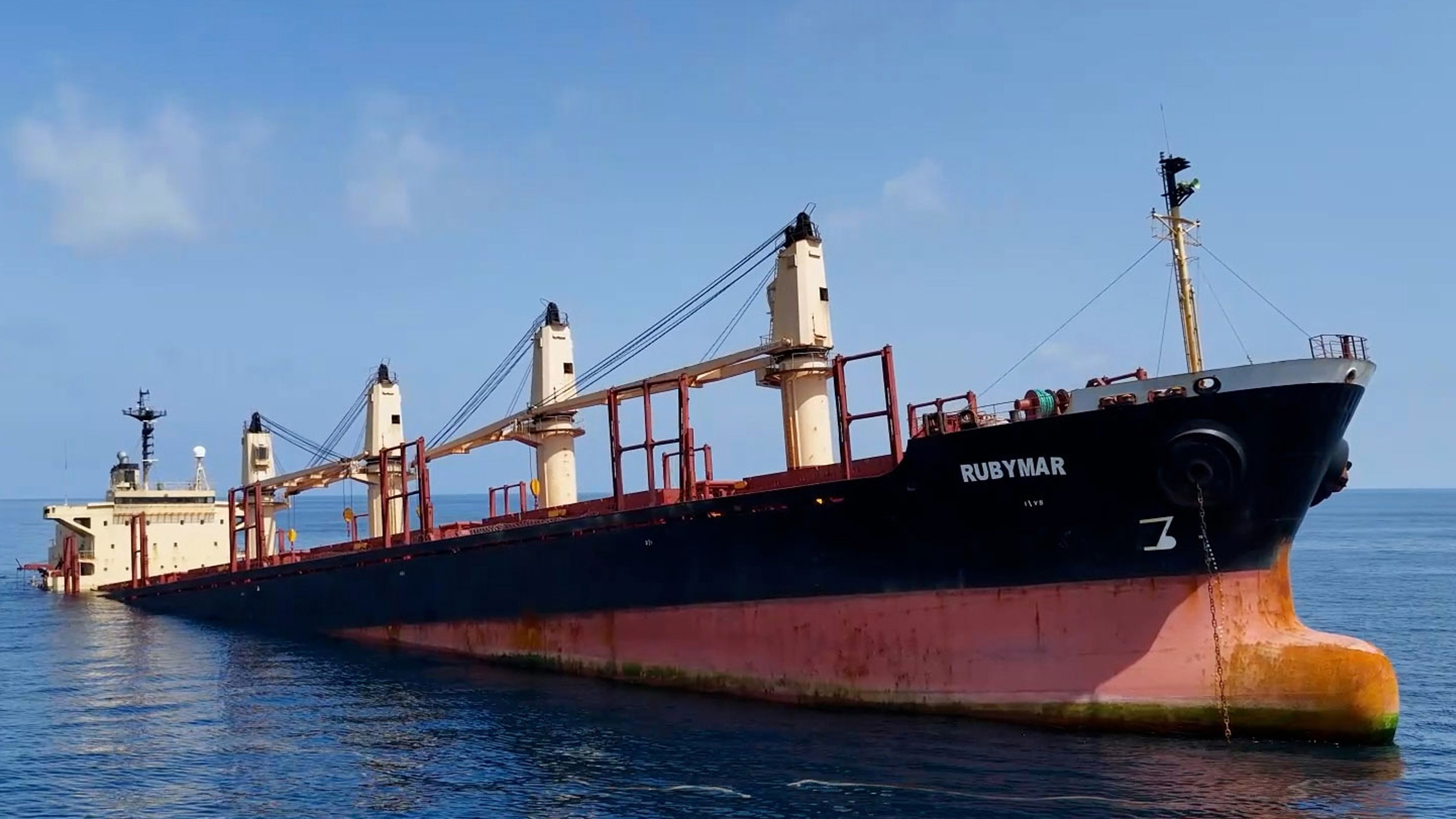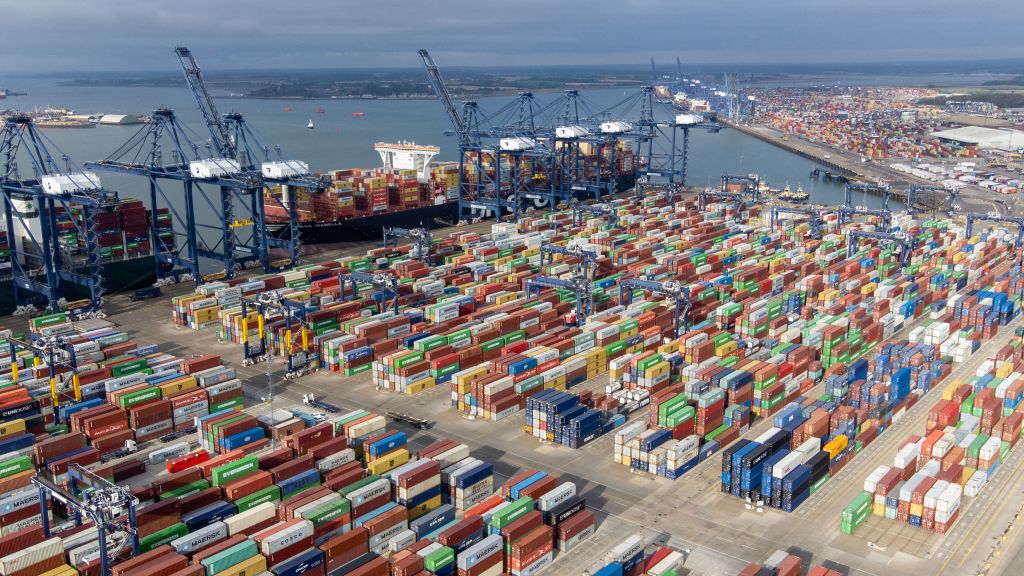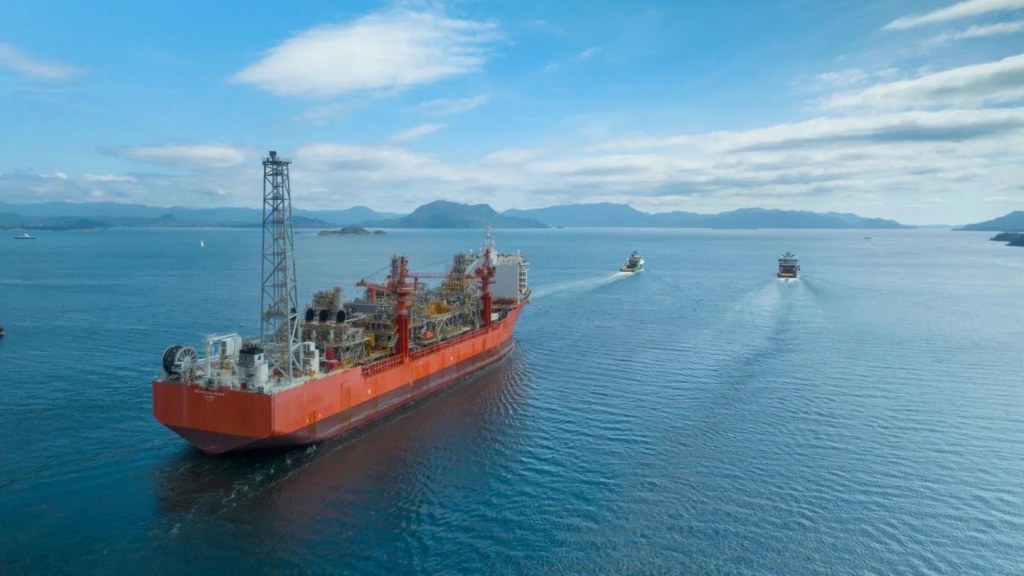The Transformation of Global Trade Due to Supply Chain Disruptions
In the fall of 2021, a significant number of shipping containers were left unattended at the Felixstowe port in Suffolk, primarily due to a lack of lorry drivers. This situation resulted in delays at the UK’s largest container port, raising fears that essential goods, including toys and beauty products, would fail to reach consumers before Christmas.
However, the supply chain managed to adapt quickly. Shipping companies rerouted vessels to alternative ports such as Wilhelmshaven in Germany, subsequently using smaller ships to transport cargo to various UK ports, ensuring a timely holiday season.
This incident, paired with increased spending on goods during the pandemic, the blockage of the Suez Canal by the Ever Given ship, and recent attacks by Houthi rebels in the Red Sea, has highlighted the fragility of global shipping networks.
The exchange of tradable goods has been a global effort since the 1990s, largely supported by seamless supply chains. Approximately 80% of globally traded goods are transported by container ships. Nonetheless, the trend of globalization has recently decelerated.
Various shocks to international trade have compelled businesses to reevaluate the risks associated with geographically spread supply chains and the reliance on “just in time” manufacturing practices.
Countries and corporations are increasingly focusing on domestic sources. Companies are opting for localized supply chains to lessen dependency on nations perceived as having political or military risks, and they are altering inventory management strategies to maintain sufficient stock levels during peaks in demand.
The pandemic delivered a significant blow to global supply chains, with regular port closures to control virus outbreaks and the Suez Canal impeded by the Ever Given ship in 2021, which caused freight costs to soar.
Furthermore, recent conflicts in the Middle East have heightened risks in safe passage through the Red Sea, forcing ships to navigate around the Cape of Good Hope, which drastically extends shipping durations.
Labor strikes have also disrupted logistics. Recently, nearly 9,300 rail workers in Canada were temporarily barred from work following an unsuccessful negotiation between the Canadian National Railway, Canadian Pacific Kansas City, and the Teamsters union.
According to Project44, a firm that tracks global shipping trends, the shipping time for containers moving from China and Southeast Asia to Europe and the U.S. East Coast has risen by around ten days since the uptick in attacks by Houthi rebels in early 2023.
In response to the increasing pressures on the global shipping system, retailers are adjusting their stock procurement timelines.
Peter Jameson, managing director at the Boston Consulting Group, noted a significant shift towards preemptive stockpiling as companies learn from past disruptions that led to delays and shortages, particularly during high-demand seasons.

Jameson further explained that businesses must act proactively to maintain their inventory. In today’s volatile environment, failing to plan and secure stock early could result in product shortages, especially as the holiday season approaches.
This surge in early purchasing from retailers may ironically create the very shortages they aim to prevent.
The CEO of the second-largest container shipping company recently cautioned that heightened demand for the holiday period might contribute to further delays and congestion in global supply chains.
Vincent Clerc, CEO of AP Moller-Maersk, remarked that the current situation could worsen due to excessive ordering, leading to a ripple effect referred to as the bullwhip effect.
Paul Hayes, CEO of Seasalt, a clothing brand operating in the UK and the U.S., indicated that his company has pre-ordered stock earlier than usual for Christmas to better meet customer expectations, especially given the delays caused by recent tensions in the Red Sea.
He stated that Seasalt is maintaining record stock levels in its distribution centers as it prepares for the peak shopping season.
Ongoing political instability in Bangladesh, a crucial hub for the garment industry, has also affected clothing supply chains. Hayes mentioned that having increased stock levels helps safeguard the business against potential disruptions from these events.
According to the CEO of a prominent UK fashion retailer, the current shipping landscape is more unpredictable than ever.
“Widespread disruptions have added significant delays to our lead times, alongside a growing uncertainty regarding whether shipments will reach their intended destinations,” they explained.
Disruptions in two of the busiest waterways, the Panama and Suez canals, have occurred over recent years. The Panama Canal has faced drought conditions leading to unusually low water levels, showcasing the challenges posed by climate change on global shipping. Meanwhile, the Suez Canal has suffered from reduced utilization due to the impact of Houthi attacks.
These events highlight the risks tied to reliance on a small number of key transit routes.
Jenna Slagle, a senior data analyst at Project44, added, “While key canals provide significant time savings, carriers can still adapt and ensure deliveries, albeit with longer transit times.”
Recent years have seen a rise in protectionist trade policies, often targeting China. The U.S. has implemented significant tariffs on Chinese electric vehicles, with the European Union expected to follow with less severe measures, leading to retaliatory actions from Beijing.
Despite experiencing a decline in polling for the upcoming U.S. presidential election, former President Donald Trump has pushed for increased protectionism in trade strategy. At a recent rally, he advocated for imposing tariffs of 10 to 20 percent on countries he claims have been unfair to the U.S.
While protective tariffs could support vulnerable industries and provide a buffer for emerging technologies, they also risk raising prices for goods, potentially leading to a decrease in overall trade. Shipping companies may respond to elevated taxes by increasing operations in more favorable countries.
Simon Heaney, container research senior manager at Drewry, emphasized that historical tariffs have not significantly impeded container trade but have redirected it to regions with fewer trade barriers, like Vietnam.
Presently, the strain on supply chains has not reached the same extremes as during the pandemic, when intense lockdowns spurred a surge in goods purchasing. Freight rates remain significantly lower than the peaks seen in 2021.
However, the increased occurrence of disruptions in a short timeframe has shifted how businesses operate.
Changes such as nearshoring, skepticism towards the just-in-time delivery model, and a resurgence of isolationist trade practices could profoundly alter the international shipping landscape in the future.






